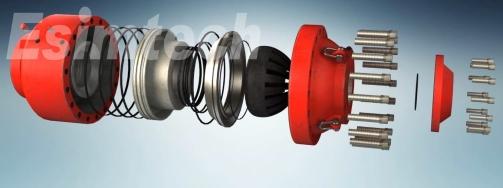Notifications

2 minutes, 48 seconds
-314 Views 0 Comments 0 Likes 0 Reviews

Drilling for oil and gas is a complex and high-stakes operation. It involves a multitude of interconnected processes, specialized equipment, and potential hazards. Ensuring the safety and efficiency of drilling operations hinges on the comprehensive training of personnel. In recent years, animation has emerged as a powerful tool in well control training, revolutionizing how concepts are taught and understood.
Animation offers a unique ability to visualize the unseen. It can bring to life the intricate workings of downhole equipment, the dynamics of fluid flow, and the potential consequences of wellbore instability. By creating realistic 3D models and simulations, animation can illustrate complex procedures such as directional drilling, cementing, and well intervention. This visual approach enhances comprehension, knowledge retention, and practical application.
Moreover, animation allows trainees to experience virtual scenarios that would be too dangerous or costly to replicate in real life. They can witness the development of a kick (an uncontrolled influx of formation fluids into the wellbore) and practice the appropriate response procedures in a safe environment. This immersive experience builds confidence and preparedness, reducing the risk of human error during actual operations.
In addition to technical skills, animation can also be used to teach non-technical skills such as teamwork, communication, and decision-making. By simulating realistic scenarios, trainees can learn how to work together effectively, communicate clearly under pressure, and make sound judgments in critical situations.
As technology continues to advance, animation is becoming even more sophisticated and interactive. Virtual reality (VR) and augmented reality (AR) technologies are now being integrated with animation to create truly immersive training experiences. Trainees can step into a virtual drilling rig, interact with equipment, and experience the sights, sounds, and even the physical sensations of a real operation.
In conclusion, animation is a valuable tool in well control training. It enhances understanding, promotes knowledge retention, and provides a safe environment for practicing critical skills. As technology evolves, animation is poised to play an even greater role in ensuring the safety and efficiency of drilling operations.

